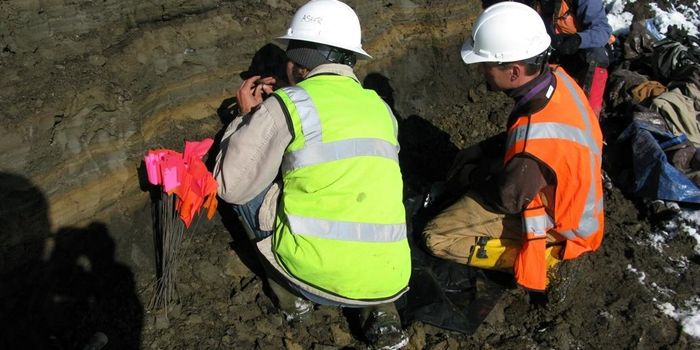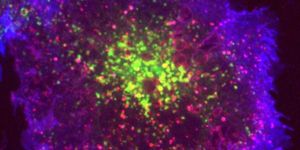It's happened to all of us - a housefly finds itself around the dinner table, and for a fraction of a second, it lands on the most delicious dish of all. We would normally shoo away the fly and continue dinner as usual. But what microscopic monstrosities happen when a fly lands on the food?
Common houseflies have no teeth. To eat, they slurp up their foods like soup. But houseflies are not known for their discriminate tastes - they eat anything and everything. So if a housefly lands on solid food, it vomits up saliva to liquefy the food for them to drink it.
The fly's eat-all policy means also feasting on rotting garbage and poop. So even for the fraction of a second that the fly stays on our food, the millions of microbes on its body will transfer to our plate.
In the impossible scenario that the housefly hasn't had any disgusting feasts, it will still deposit bacteria ... from its own poop. Yes, flies are excellent multitaskers, vomiting, eating, and pooping, at the same time (on our food).
Despite the mountain of disgustingness surrounding flies, experts say you don't have to chuck away any food touched by a fly. "In most instances, spotting a fly on your food doesn't mean you need to throw it out," said Cameron Webb, a medical entomologist at the University of Sydney. "A single touchdown is unlikely to trigger a chain reaction leading to illness for the average healthy person."
But don't let it linger on your food! "The more time passes," Webb notes, "the greater the chance of pathogens left behind by the flies growing and multiplying on our food. That's when health risks increase."








